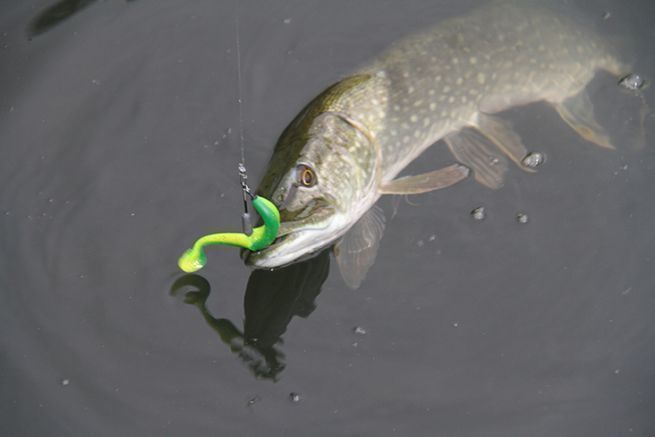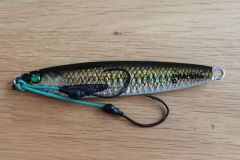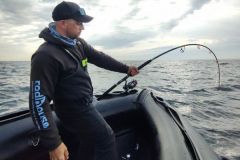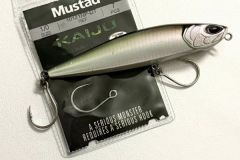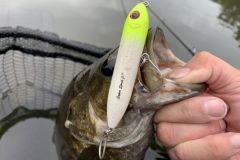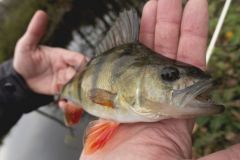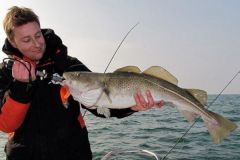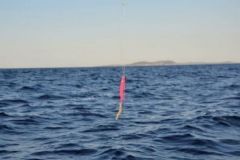A technical lure that rewards our efforts
The soft lures have been democratized in France in the 1990s. Since then, the market has exploded, there are some for all tastes, which allow to catch many species of fish. They come in all shapes: imitation larvae, insects, fish, invertebrates‚?¶ So many possibilities.
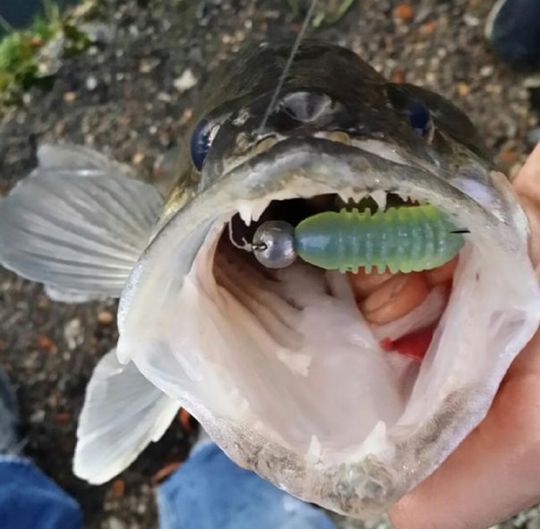
These small pieces of plastic are magical, provided you choose your tackle well. The weighting is a very important point, it influences the swimming of the lure and its position in the water column (depth of the lure).
To obtain a natural presentation, as a general rule, without wind or current, you need to count 1 gram per meter (so 5 grams for 5 m of bottom). In the field, with wind, current or drift, the reality is often slightly different. You should always try to adjust your weight according to the conditions. The most important thing is to be able to keep a good control of the lure to feel when it touches the bottom. As soon as you have the right alchemy, the bites are not long in coming if the fish is there.
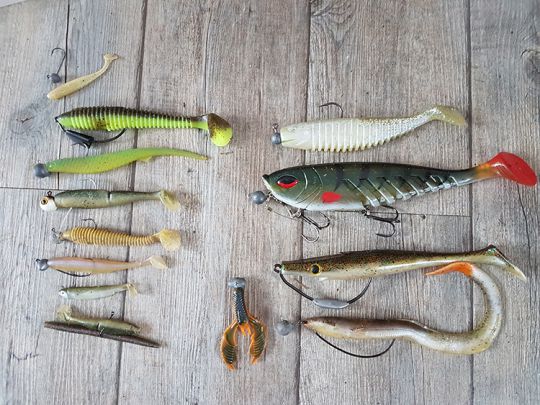
The subtleties of weaponry
To adapt the hook, it is necessary to privilege models with short poles which leave on the front third of the lure or at most on its half. The longer the pole, the more it will restrict the lure's swimming action. You can then opt for different shapes of leaded head, the choice is large between round, footballs, realists (fish head), hoofed heads, darts, flats‚euros¶ The goal of the game is to use the shape that best suits the situation encountered.
Round, flat and soccer shapes offer more support on the water and give the lures a gliding swim and a pronounced rolling action, while limiting the risk of snagging in obstacles. The elongated shapes (dart and sabot) allow to split the water and to oppose less resistance against the current. These shapes give an erratic swimming to the lure that can be made to spin by scion strokes (perfect with "finesse" type lures).
The elongated shapes are also useful for vertical fishing, to hold the drift or the current without having to cast too heavy. Crayfish heads are used to let the lure rest vertically on the bottom while waiting for a predator to come and pick it up.
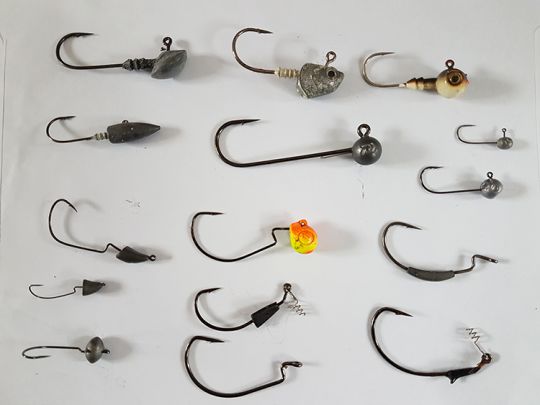
Leaded head with texan hook
Finally, there are also anti-weed Texas hooks, with or without ballast, these are my favorites when it comes to prospecting canals, rivers, water lily patches, rocks and other very crowded environments.
Lead screw head
The screws are leaded heads that are screwed into the lure, they have a small eyelet to attach the stack and the hook. This assembly has the advantage of being completely adjustable to the size of the lure. It allows you to quickly adapt to the size of the soft lure used.
Little tip to preserve your soft lure
To prevent your soft lure from being damaged too quickly by the fish, I advise you to put a small dot of glue to fix it well to the lead head. Perch and pike-perch have a knack for ripping lures off lead heads!

 /
/ 